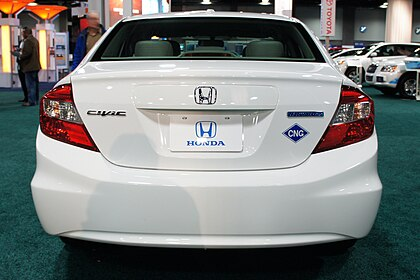Wow, it’s hard to know just how impactful this will be, but it sounds like they’ve got something here.
its batteries which it said avoid using metals such as lithium, cobalt, graphite and copper, providing a cost reduction of up to 40% compared to lithium-ion batteries.
Altech said its batteries are completely fire and explosion proof, have a life span of more than 15 years and operate in all but the most extreme conditions.
That’s huge, especially the fire and explosion proof part.

